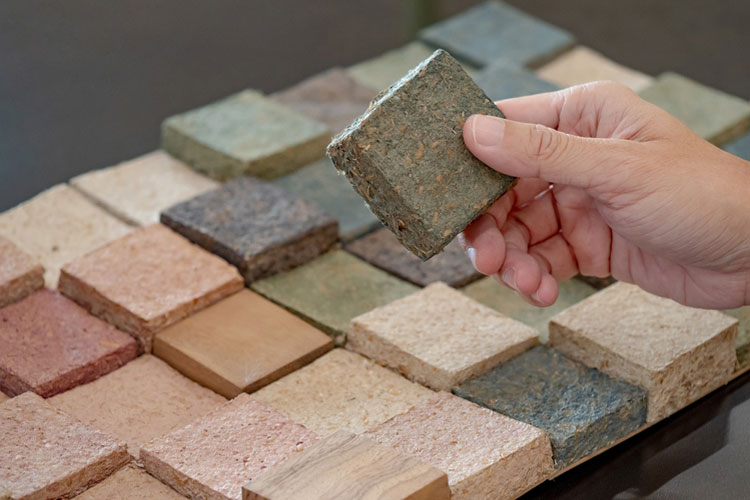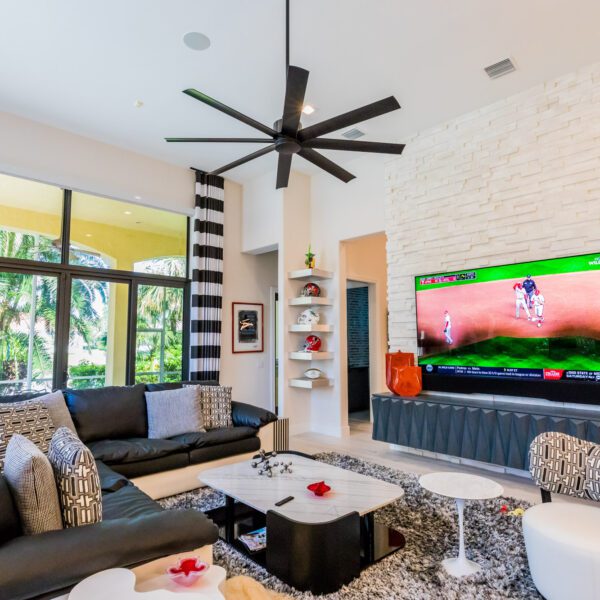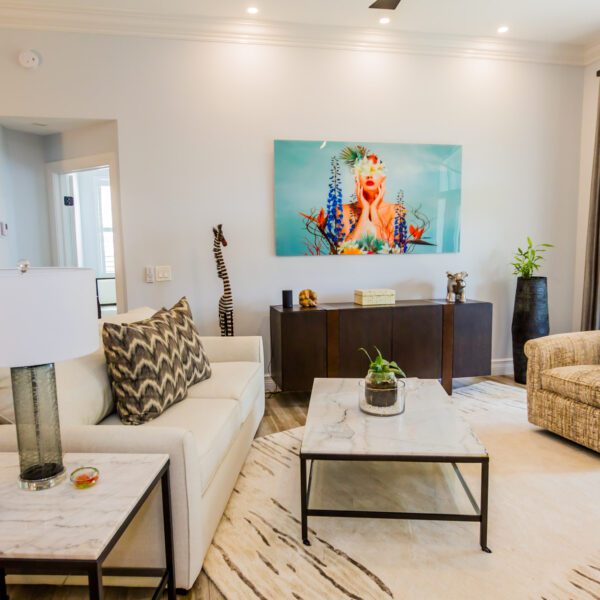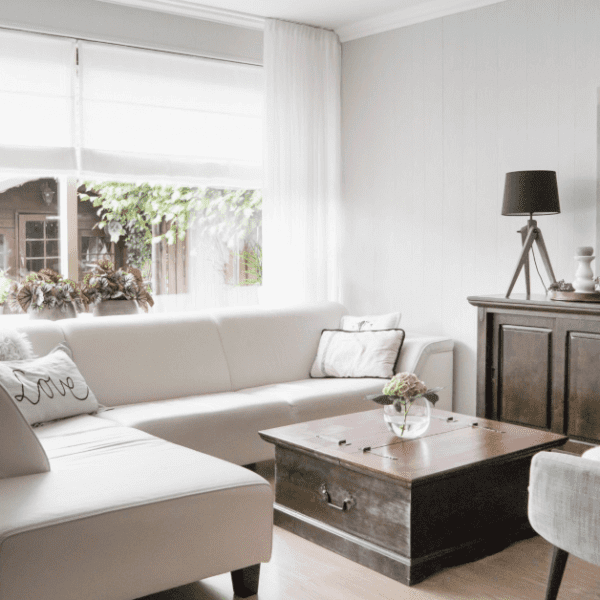In recent years, the conversation around interior design has expanded beyond mere aesthetics. Today, there’s a growing awareness of the environmental impact of our design choices and a heightened focus on sustainability. As we strive to create spaces that are not only beautiful but also eco-friendly, the concept of sustainable interior design has emerged as a powerful trend. In this blog, we’ll explore the interior design practices, intersection of sustainability and aesthetics, delving into the principles and practices of eco-friendly interior design.
Embracing Sustainable Materials
One of the foundational elements of eco-friendly interior design is the use of sustainable materials. Traditional design materials often come with a heavy environmental cost, such as deforestation, pollution, and resource depletion. In contrast, sustainable materials are sourced and produced in a way that minimizes harm to the environment. This may include using renewable resources like bamboo or cork, reclaimed wood from old structures, recycled glass, and low-VOC (volatile organic compound) paints and finishes. By choosing these materials, interior designers can reduce their carbon footprint and promote a more sustainable approach to design.
Mindful Consumption and Waste Reduction
Another key aspect of sustainable interior design is mindful consumption and waste reduction. In a world where fast fashion and disposable products reign supreme, it’s important for designers to consider the lifecycle of the items they specify for their projects. This means opting for high-quality, durable furnishings and decor pieces that will stand the test of time, rather than succumbing to trends that quickly become obsolete. Additionally, designers can explore creative ways to repurpose and upcycle existing materials and furniture, giving them new life instead of sending them to the landfill. By prioritizing longevity and resourcefulness, designers can minimize waste and make a positive impact on the environment.
Energy Efficiency and Sustainable Systems
Beyond materials and furnishings, sustainable interior design also encompasses energy efficiency and sustainable systems. This includes integrating energy-efficient lighting, heating, and cooling systems into the design, as well as incorporating renewable energy sources such as solar panels and geothermal heating. By harnessing the power of technology and innovation, designers can create spaces that not only look beautiful but also operate in a more sustainable manner, reducing energy consumption and minimizing their environmental footprint.
Biophilic Design and Connection to Nature
Biophilic design is another important component of eco-friendly interior design, emphasizing the connection between humans and nature. By incorporating elements such as natural light, indoor plants, and organic textures and materials, designers can create spaces that evoke the serenity and beauty of the natural world. Studies have shown that exposure to nature can have numerous benefits for mental and physical well-being, including reduced stress, improved mood, and increased productivity. By bringing the outdoors in, designers can create healthier and more harmonious environments for occupants to enjoy.
Ken Golen Design – Interior Design Practices
Sustainability and aesthetics are not mutually exclusive in the world of interior design. On the contrary, they can and should go hand in hand, as we strive to create spaces that are not only visually stunning but also environmentally responsible. By embracing sustainable materials, practicing mindful consumption, prioritizing energy efficiency, and incorporating biophilic design principles, interior designers can make a positive impact on the planet while still achieving their creative vision. As the demand for eco-friendly design continues to grow, it’s clear that sustainability is no longer just a trend – it’s the future of interior design. Call Ken Golen Design at 954-388-7261




